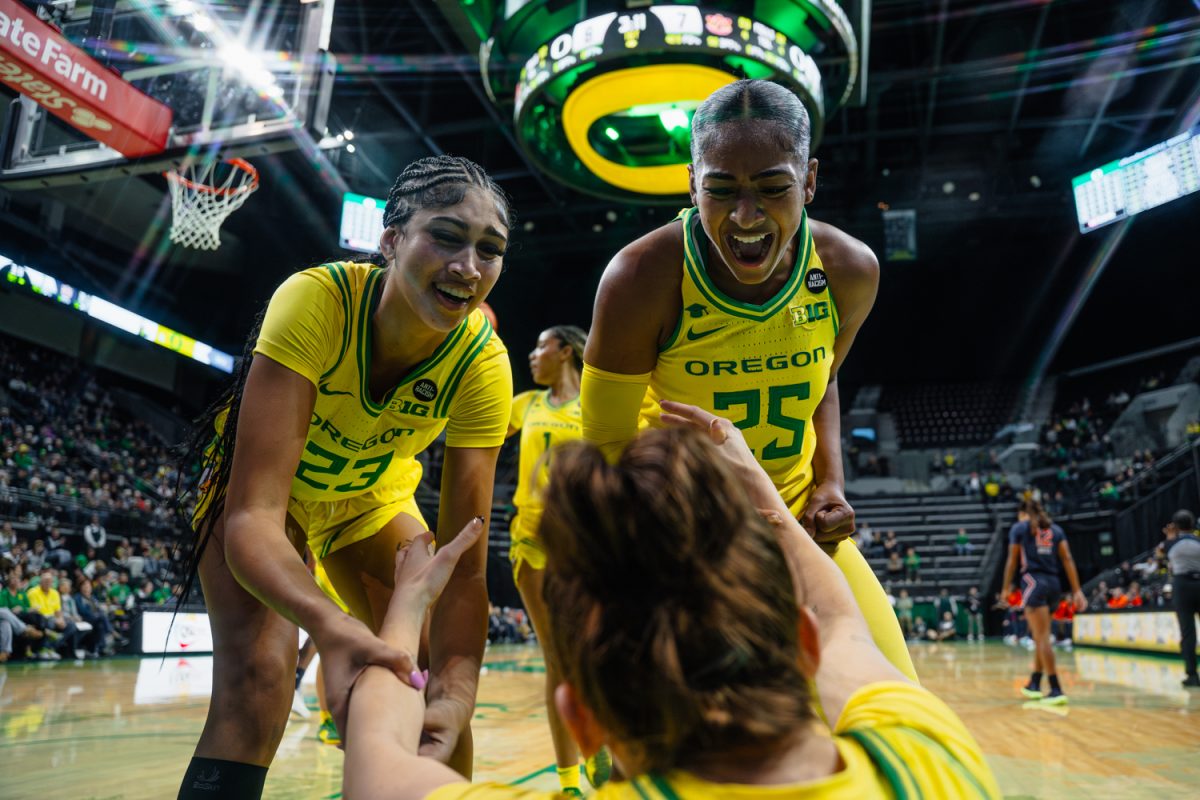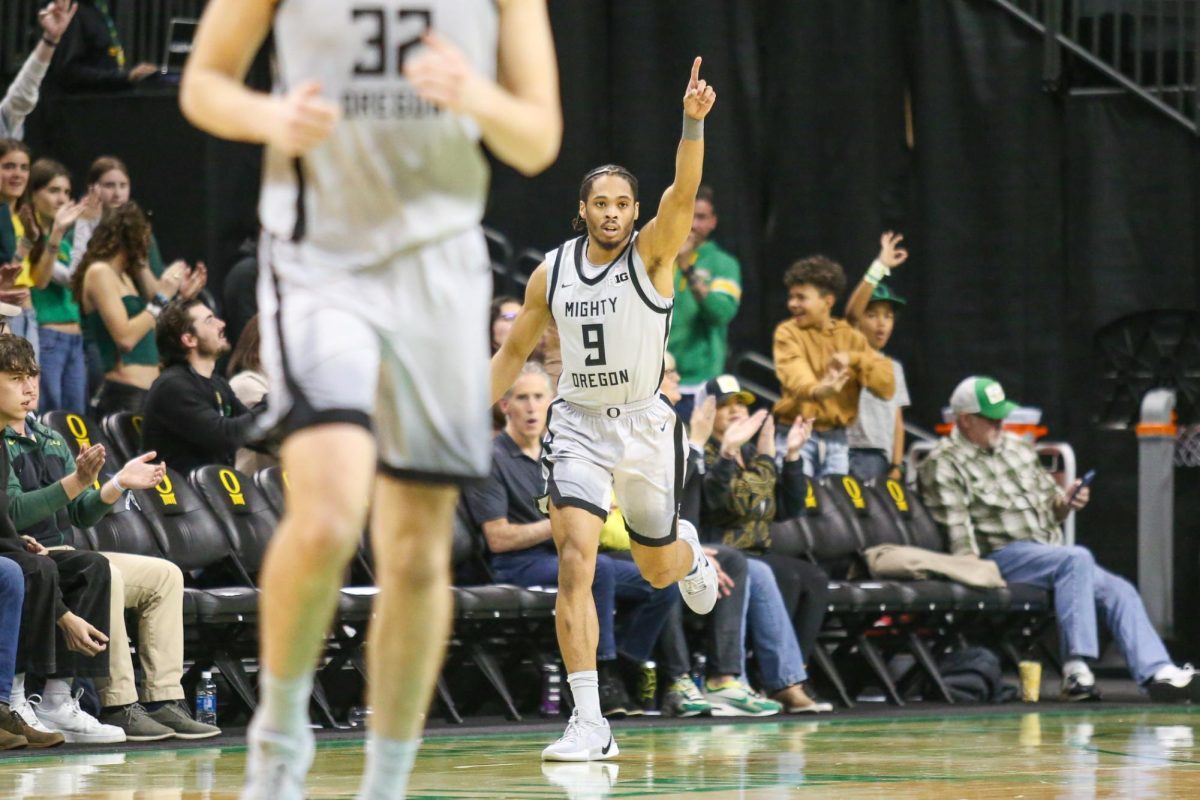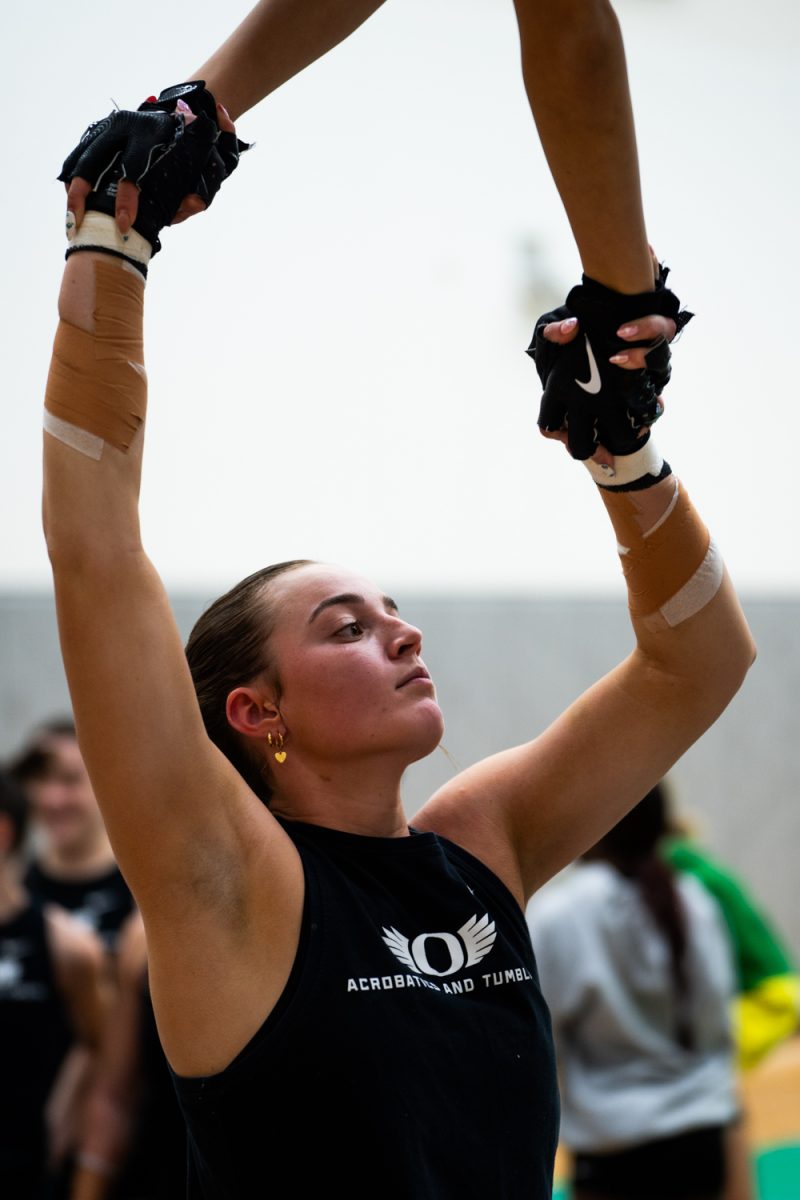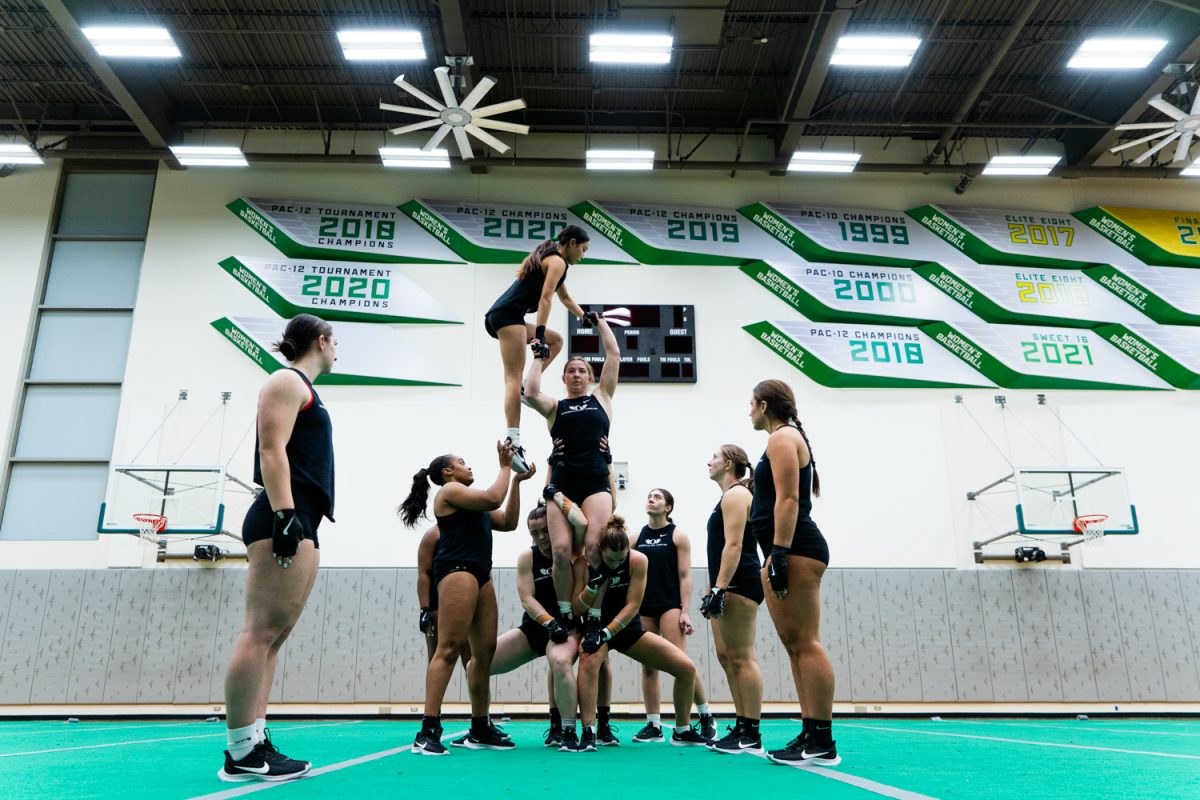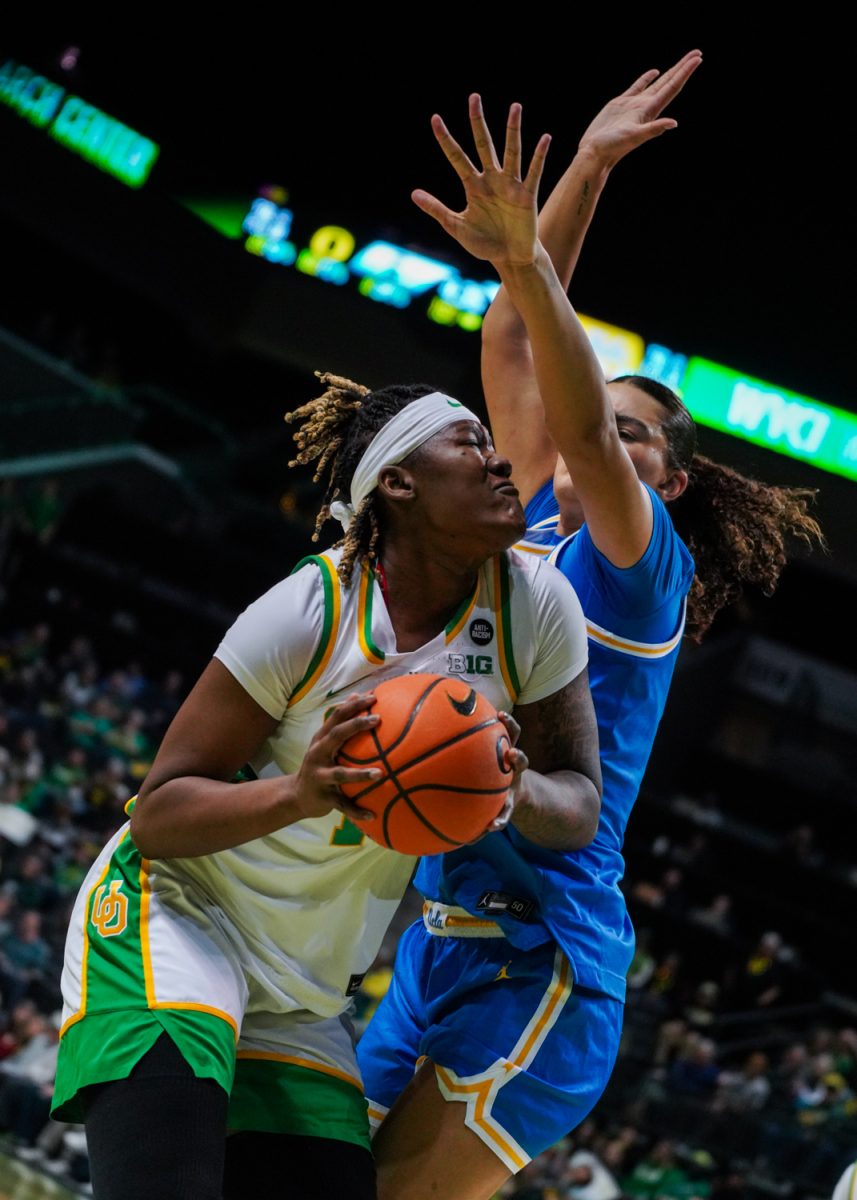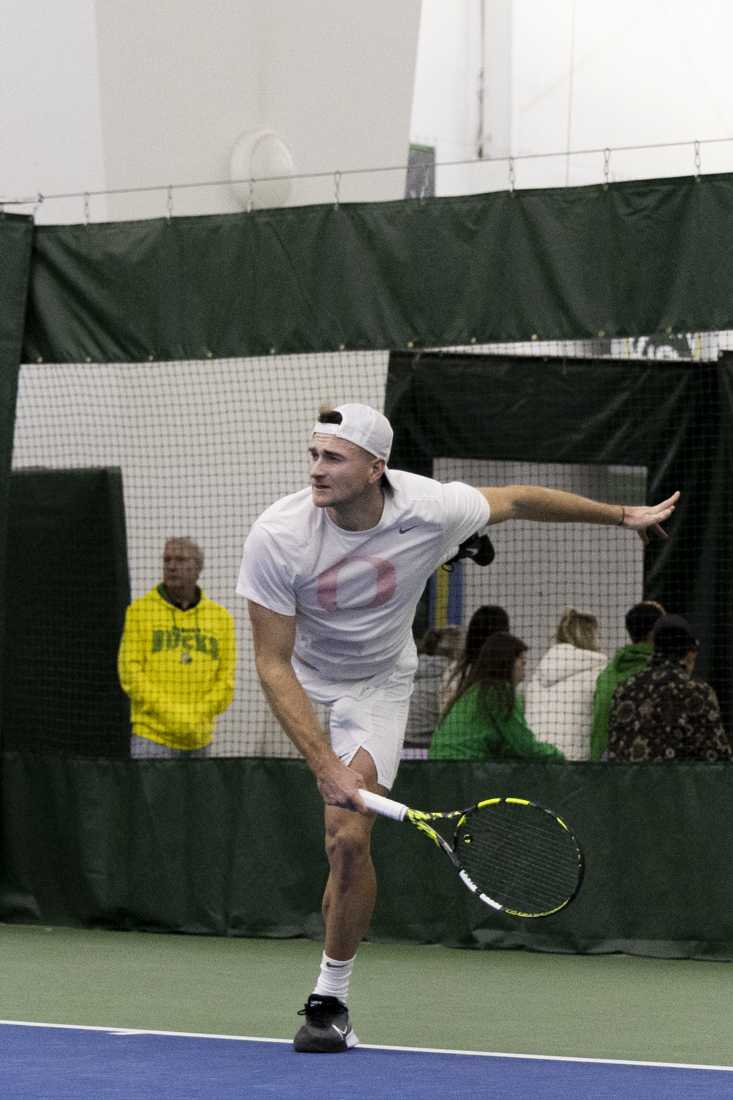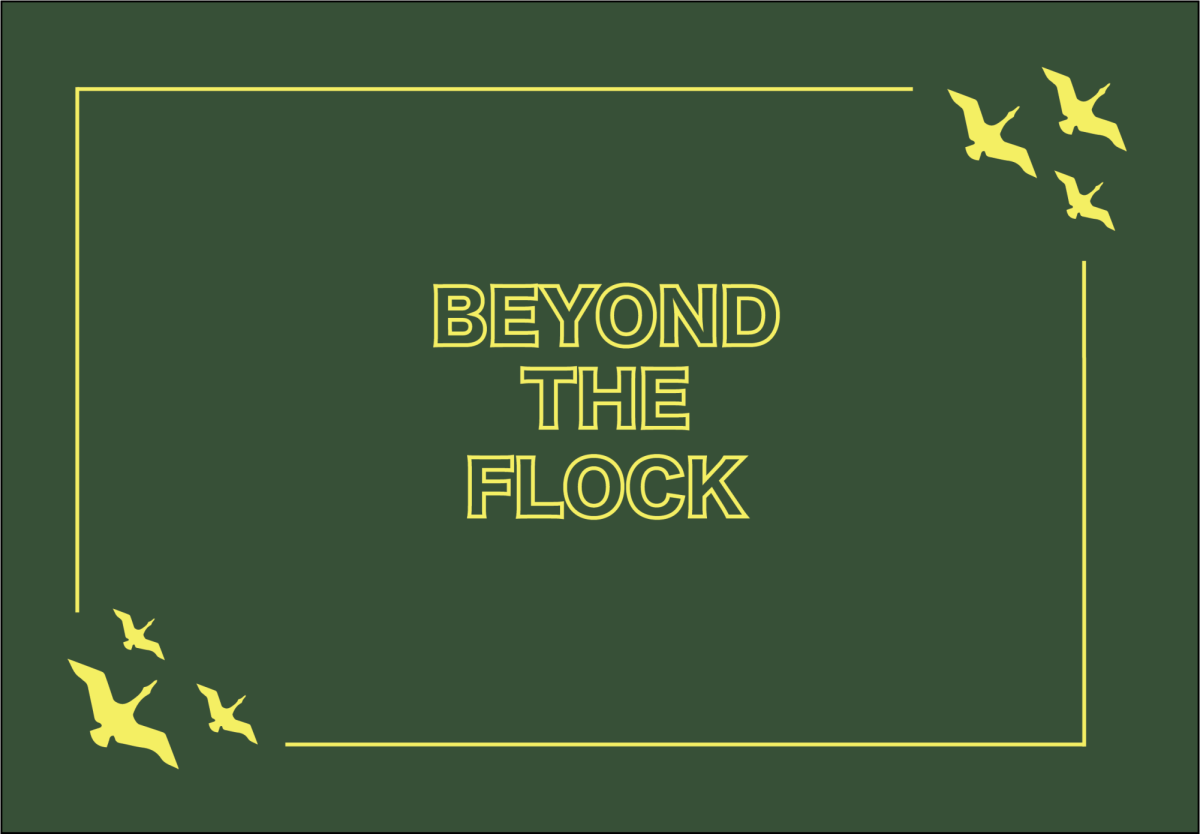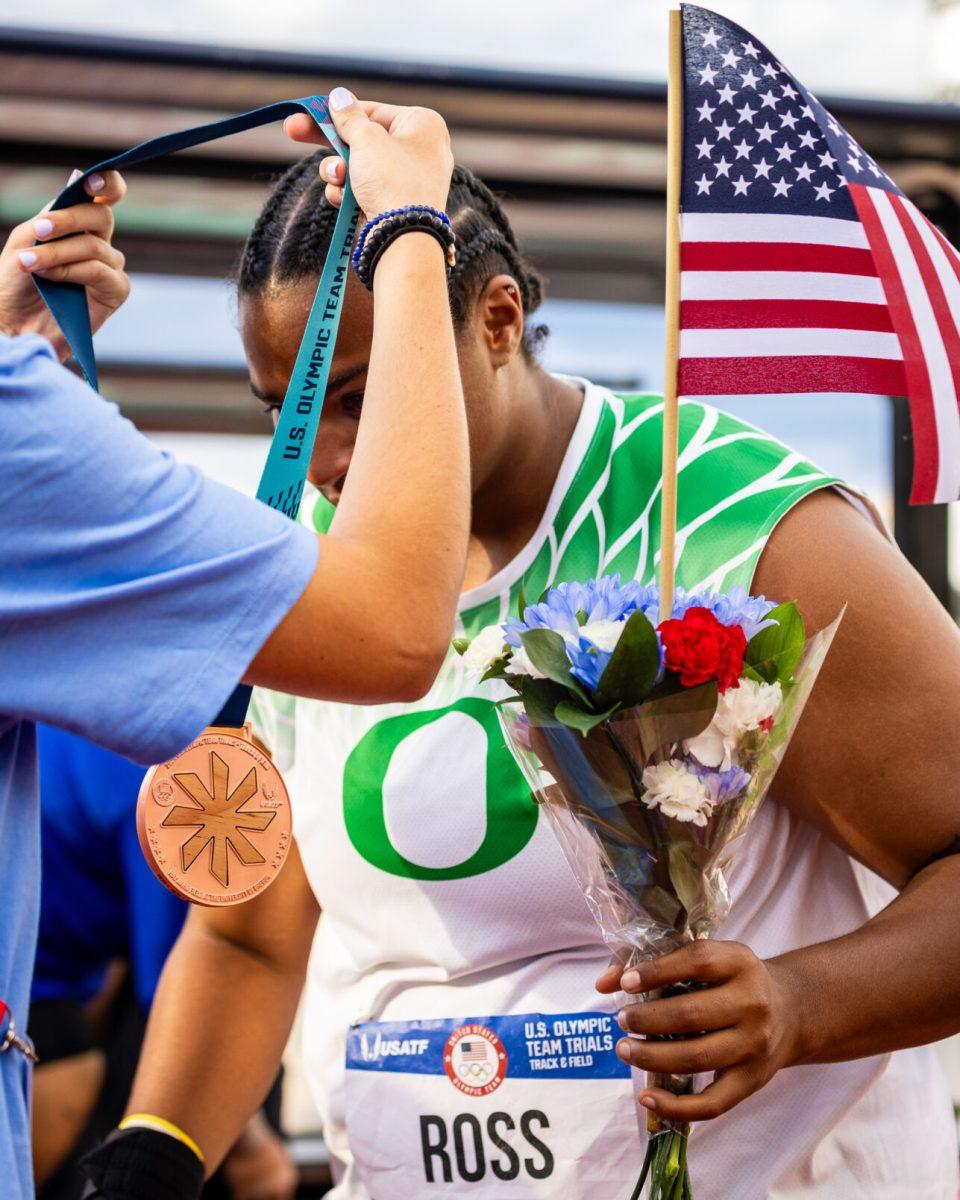I remember seeing it for the first time. The chrome, spaceship-like tower dominating the campus skyline; the strong, cherry red wood beams bending over the field like the arm of a javelin thrower; the emerald green color of the turf in contrast with the sharp, clay-red curves of the track.
It was the new Hayward Field in all of its glory. But I wondered: how did we get here?
Of course, one can’t tell the tale of TrackTown without beginning with Bill Hayward.
After taking the reins of the program in 1904, “The Grand Old Man” elevated the Oregon Ducks Track and Field team into the national eye, producing four world-record holders, six American-record holders and nine Olympians throughout the course of his 44-year career.
“There were successful coaches before Hayward, but the fact that he was here for more than 40 years coaching the team, there’s certainly credence to be given to him and his influence,” said Lauren Goss, a special collections librarian at the University of Oregon.
Goss was key in creating an exhibit about Oregon track and Hayward Field. She was also instrumental in the publication of “Hayward Field: Legends and Legacy,” a book sold by Emerald Media Group, in 2020.
Hayward quickly became a highly sought after coach, receiving offers from programs all over the country.
“It was remarkable too, because he continued to get offers to go to other universities to coach, and he stayed here, which only adds to that legacy,” Goss said.
Fifteen years into Hayward’s career, in 1919, the storied original track was erected in his name. The university built it on a plot of land along Agate Street previously used as a cow pasture to produce milk for dormitory students.
The track was layered with gravel and sawdust to combat the soggy, paddock-like meadow below, and by 1921, featured a six-lane cinder track.
In the next three decades, the stadium underwent a vast facelift, raising the surrounding grand stands 20 feet over the field, replacing sawdust with turf and, most notably, adding its first electronic scoreboard, according to the UO Hayward Field history webpage.
It was built to house both track and football programs, and it would stay that way until 1966, when the football team played its final game in Hayward against Washington State.
Oregon track had facilities of its own starting in the ‘60s — a phenomenon that is considered rare even to this day.
“It definitely still is rare that a track team has its own dedicated stadium,” Goss said. “If you look at other schools in the Pac-12 conference, having a separate facility [is rare].”
In the 1960s, the “Golden Age” of Oregon track began. Under legendary head coach Bill Bowerman, the Ducks hosted — and won — two NCAA championships in ‘62 and ‘64, also winning the Pac-8 Conference title in ‘67.
Hosting the NCAAs in 1962 was “definitely a turning point in the program,” Goss said. “Being able to host all of these other schools from around the country and have them come to Oregon, experience the Oregon fanbase.”
In ‘64, a blond, wiry-haired former Oregon track runner did a handshake deal with Bowerman, securing a $500 investment in a company called Blue Star Sports, which specialized in importing athletic shoes from Japan.
The man was Phil Knight, and Blue Star Sports later became Nike — the multibillion-dollar company that would take over the world of sports and completely alter the UO campus, contributing to a new football stadium, a remodeled law school and library and the 2019 rebuild of Hayward Field.
But it was still only the beginning of the TrackTown story.
In 1972, a kid from Coos Bay named Steve Prefontaine took to the starting line in the first Olympic Trials of Hayward Field’s 53-year history. He became a legend, not just of Oregon, but of track in its entirety.
Prefontaine was one of three Ducks to advance to the Olympic Games that year in Munich. Through the course of his collegiate career, on the back of his bold, unique front-running strategy, the runner never lost a race longer than a mile, accruing seven individual NCAA titles in track and cross country.
“Being able to believe in that story of the young kid from the Oregon coast who is now going off to the Olympic Games and represent us and this program on the international stage is huge,” Goss said.
Eugene hosted the trials once again in 1976, where it saw eight of its runners advance to the Olympic Games.
At the same time, Oregon women’s track and field reached new heights under then-head coach Tom Heinonen, who by the end of his 28-year tenure guided 14 national title winners, 10 Olympians and 128 all-Americans through the ranks of women’s track.
Between 1980 and today, the Ducks saw scores of men’s and women’s track athletes advance to the Olympic Games, 13 of which medaled, claiming seven gold medals along the way.
Under coaches Vin Lananna, who started in 2006, and Robert Johnson, who took over for Lananna in 2012 and currently runs the team, Oregon added a combined additional 20 NCAA team Championships.
One hundred and two years after its original construction, Hayward Field’s legacy takes on a new look, with striking tributes to its past. Somewhere under its shiny, metallic, ultra-modern build still sits that magical dairy farm on which the legends of the past so tirelessly toiled toward glory.





